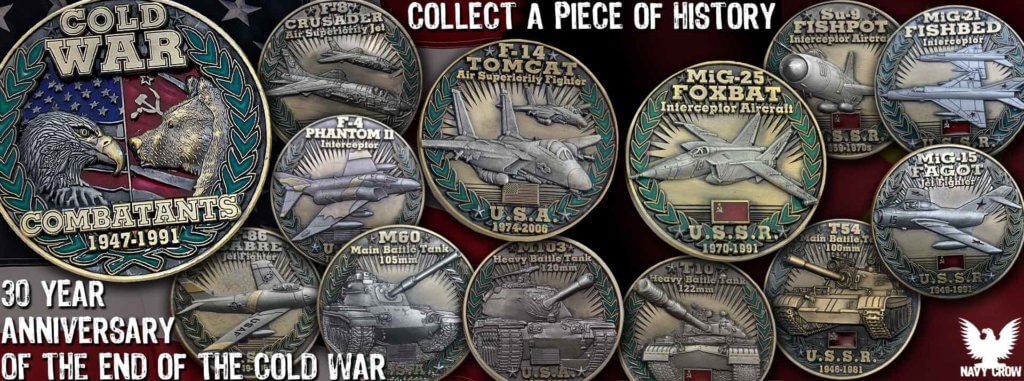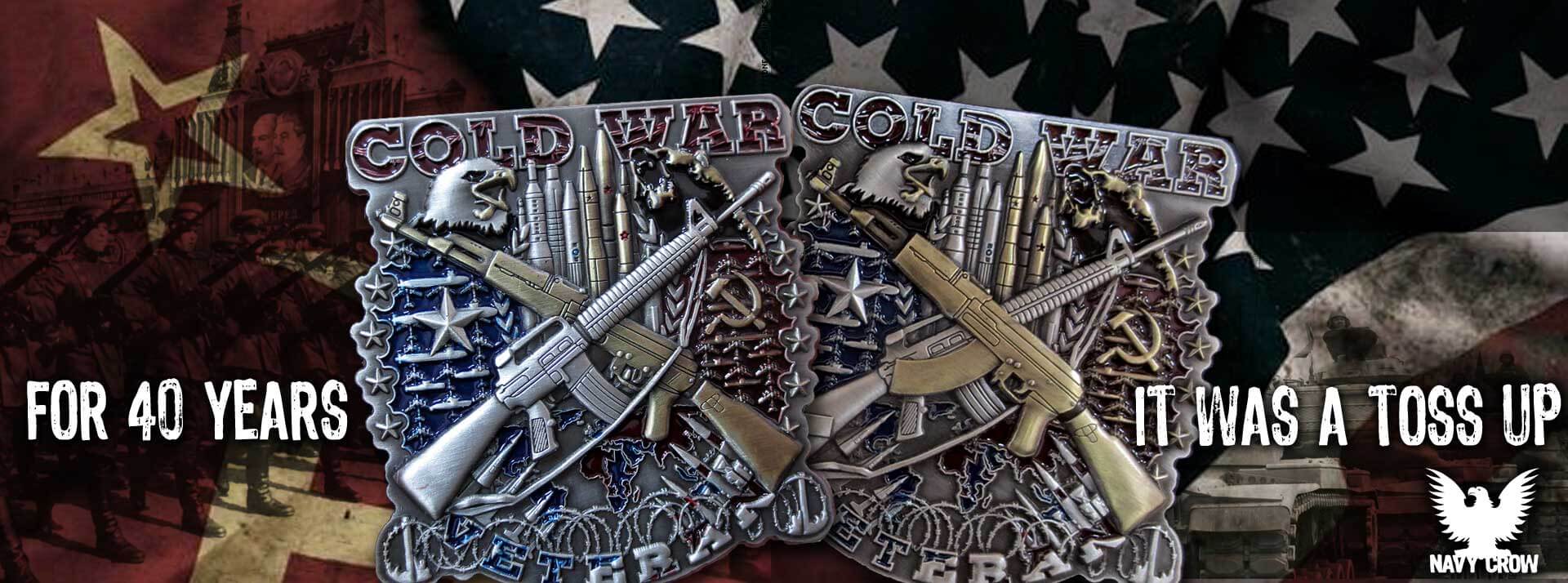In the annals of 20th-century history, 1949 emerges as a significant year with the establishment of the North Atlantic Treaty Organization (NATO). Against the backdrop of post-World War II devastation, this alliance came into existence, reshaping military dynamics and ushering in a new era of cooperative security among nations.
A World Recovering from Chaos: The aftermath of World War II left Europe and the world in disarray. The East-West divide was palpable, and the specter of Soviet expansionism loomed large. Faced with this stark reality, Western nations recognized the imperative of collective defense to deter aggression and maintain global order.
Genesis of NATO: On April 4, 1949, the North Atlantic Treaty was signed in Washington, D.C. by twelve nations, marking the birth of NATO. Countries including Belgium, Canada, France, and the United Kingdom, among others, united under a common commitment to mutual defense and collaboration.

Key Tenets and Significance:
- Unity through Collective Defense: At its core, NATO embodied the principle of collective defense enshrined in Article 5. An attack on one member country would trigger a unified response, demonstrating the alliance’s solidarity and resilience.
- Holistic Cooperation: Beyond military coordination, NATO fostered political, economic, and technological cooperation. Regular consultations ensured effective decision-making and a sense of shared purpose.
- Exchange of Expertise: NATO facilitated the exchange of military knowledge and technological advancements, bolstering the defense capabilities of member states and modernizing their armed forces.
- Deterrence and Stability: The alliance’s formation sent a clear deterrent message to potential aggressors, particularly the Soviet Union. NATO’s existence contributed to a prolonged period of stability amid Cold War tensions.
Intriguing Nuggets:
- Inaugural Secretary General: The first Secretary General of NATO was Lord Ismay, a British statesman who played a pivotal role in shaping the organization’s early framework and direction.
- Evolution through Expansion: From its original twelve members, NATO has grown to encompass 30 nations, extending its reach and influence beyond its initial scope.
- Adapting to Change: NATO’s role has evolved from countering the Soviet threat to engaging in peacekeeping efforts and crisis management, exemplifying its agility and commitment to global security.
- Democratic Foundation: The alliance’s emphasis on civilian control of the military underscores its democratic ethos and commitment to upholding human rights.
Conclusion: The inception of the North Atlantic Treaty in 1949 was a watershed moment that reverberated through the 20th century and beyond. It stood as a testament to the power of collaboration, showcasing how nations, even in times of discord, can unite for a common cause. As we reflect on the enduring impact of NATO, it serves as a beacon of hope, reminding us that international unity and shared values are potent instruments in building a safer, more secure world for generations to come.
For more information regarding The North Atlantic Treaty Organization (NATO) please contact us at hq@navycrow.com.






